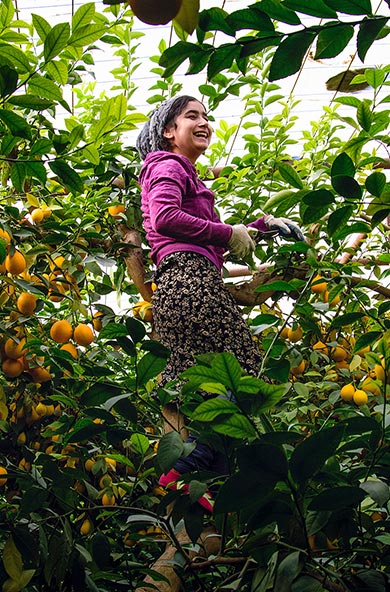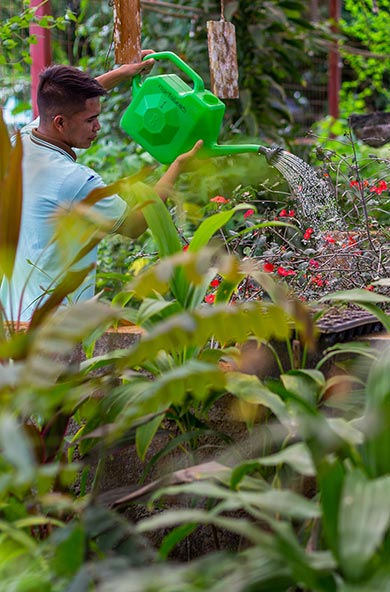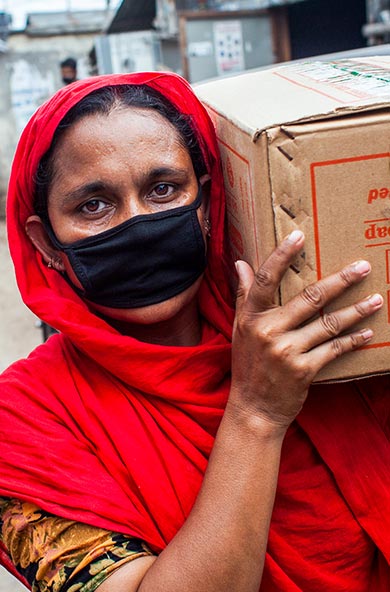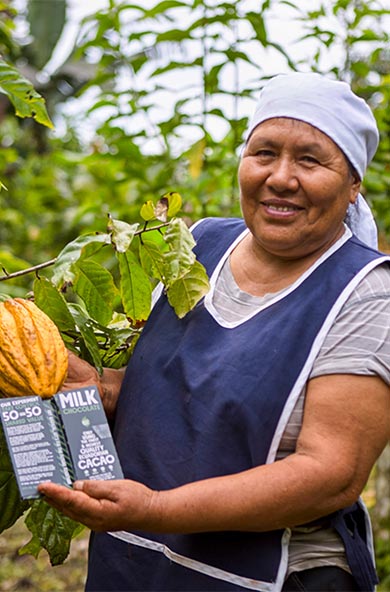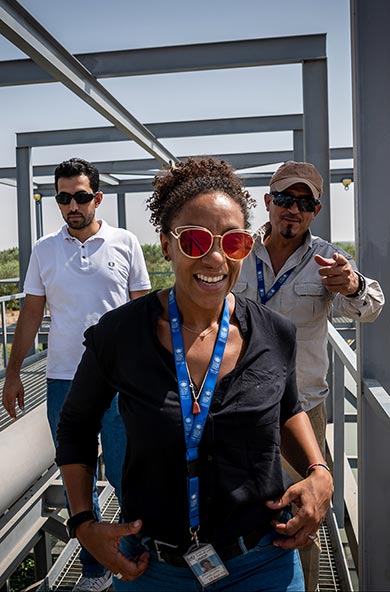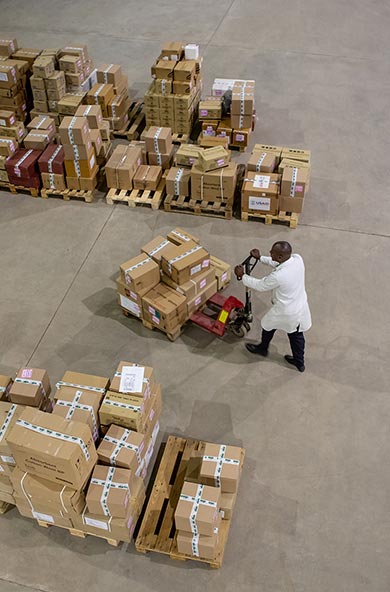Strategies for Supporting Inclusive Innovation

Report
DownloadStrategies for Supporting Inclusive Innovation
March 11, 2020
We believe that there is a major opportunity for policy makers in the Asia-Pacific region to play an active role in creating the conditions for a different type of innovation: one that is not focused on single point solutions but more coherent to the nature of the complex challenges faced by the region. A type of innovation that fosters inclusion and reinforces the SDGs, rather than exacerbating inequality.
UNDP partnered with NESTA, building on their comprehensive framework of inclusive innovation, to produce case studies from across ASEAN countries particularly Indonesia, Myanmar, the Philippines and Viet Nam; researching the ways in which different innovation models are being applied in this region to address key development and sustainability challenges. This report draws on the insights from these case studies to present concrete recommendations for policymakers in Asia-Pacific who are interested in developing a more coherent approach to innovation as a means of addressing societal challenges and fostering more inclusive ecosystems. We firmly believe that those governments who shape the innovation narrative around inclusion will reap major benefits and induce new dynamics that will help achieve the SDGs.
In this report you will find cases that illustrate the key types of 'Inclusive Innovation' strategies that can be characterized in the following ways–take a look and let us know your thoughts on twitter @ricap_undp with #inclusiveinnovation:
- "Technology should save us”: involves the development of technology-based solutions to social or economic challenges such as waste collection, education provision, low incomes in the agricultural sector, or infrastructure issues facing excluded groups. It is based on the assumption that technology has a key role to play in addressing these challenges.
- “Innovation, everywhere”: refers to government-led interventions which harness research and development to a project of national development, where high-value activities are regionally distributed. This strategy sees innovation as an economic process, designed to strengthen existing systems rather than encourage disruption. It is insofar as this strategy can share the rewards of innovation across regions, and generate benefits that can be shared by different social groups within those regions, that it can be considered inclusive.
- “Innovation for the foundations”: aims to enhance the quality of life and work in poor communities, sectors and regions. Projects might seek to improve workplace technologies, processes and institutions towards greater productivity and higher incomes, or upgrade the infrastructure of people’s daily lives in order to enable a richer experience (be that via access to employment, or through better health).

 Locations
Locations